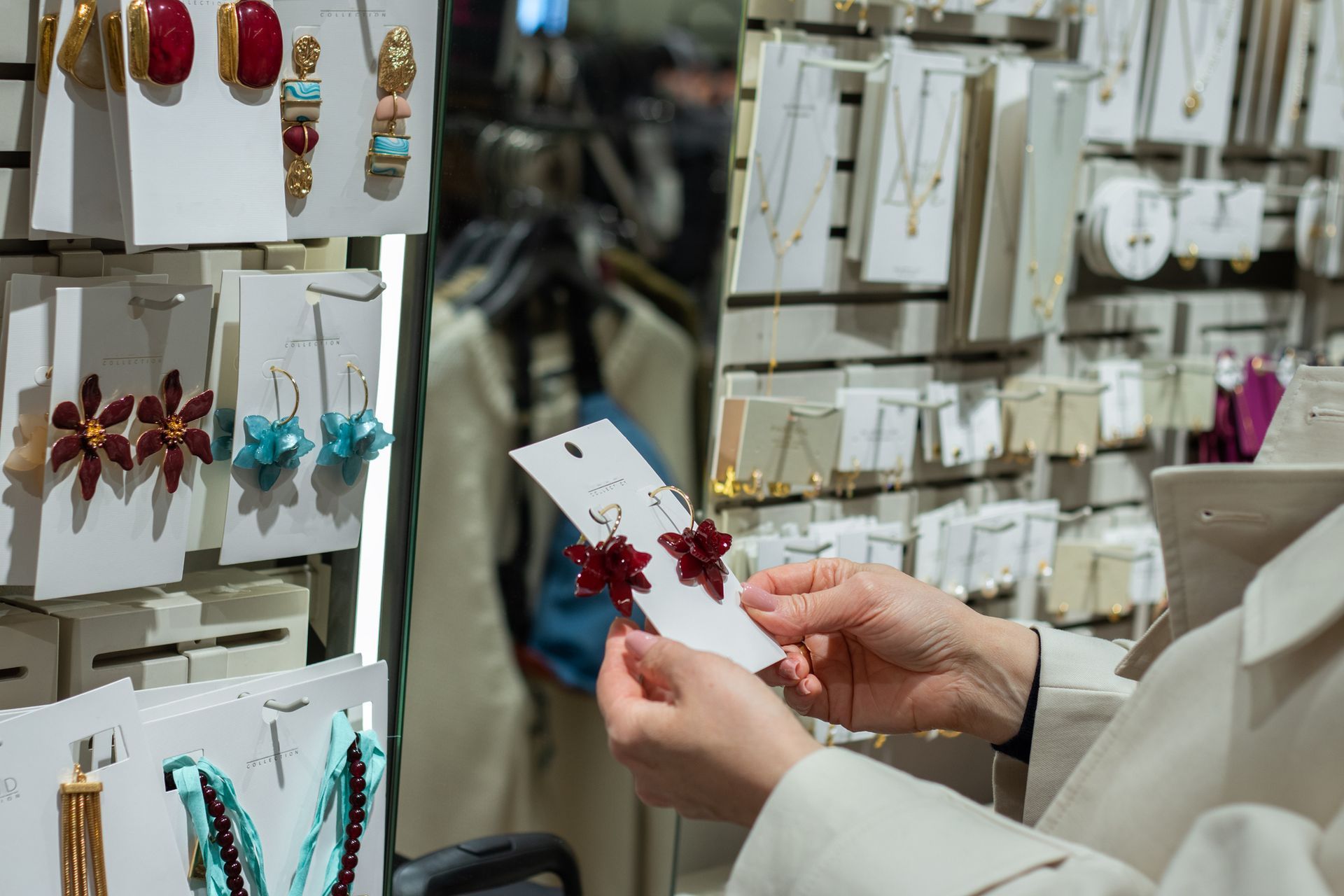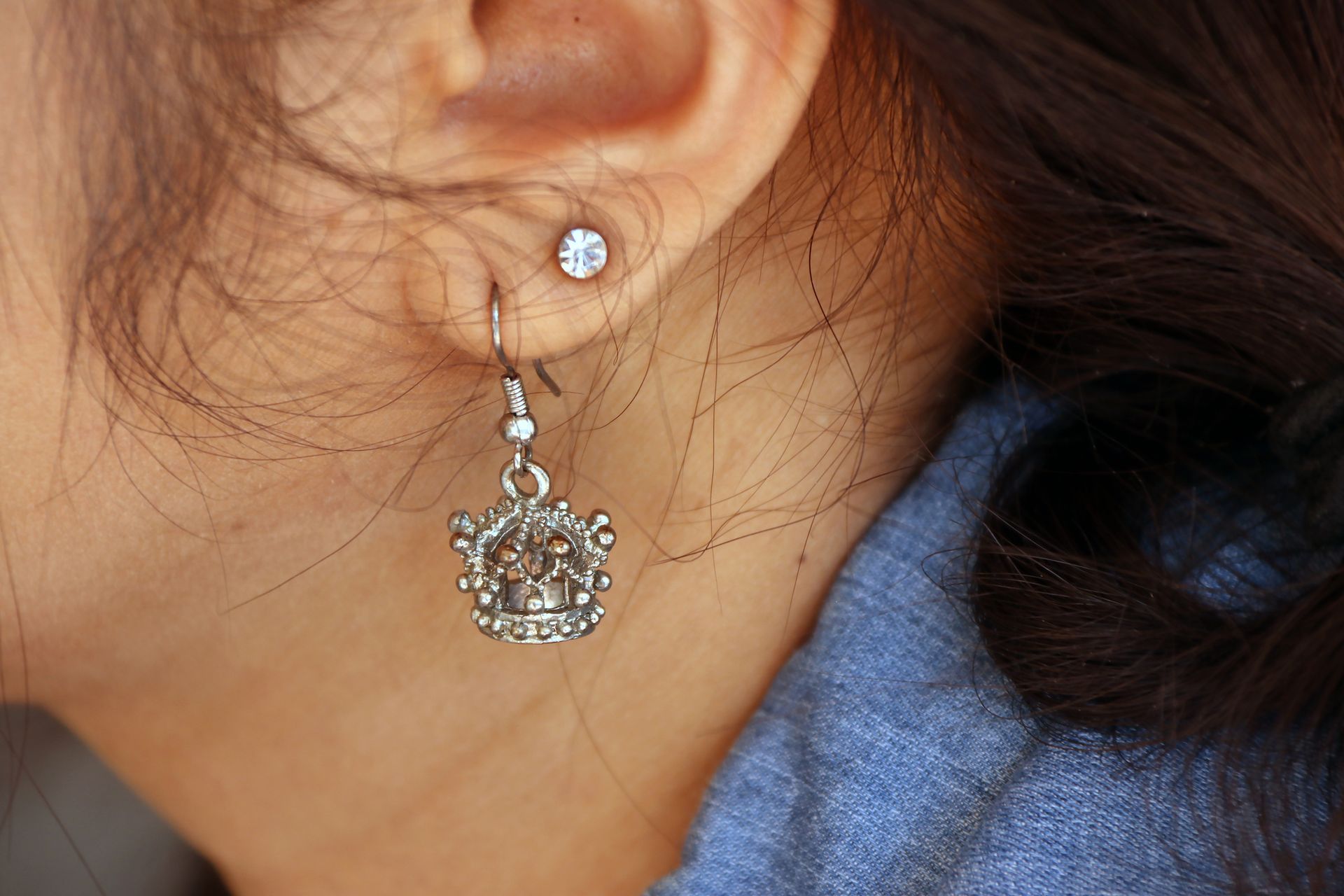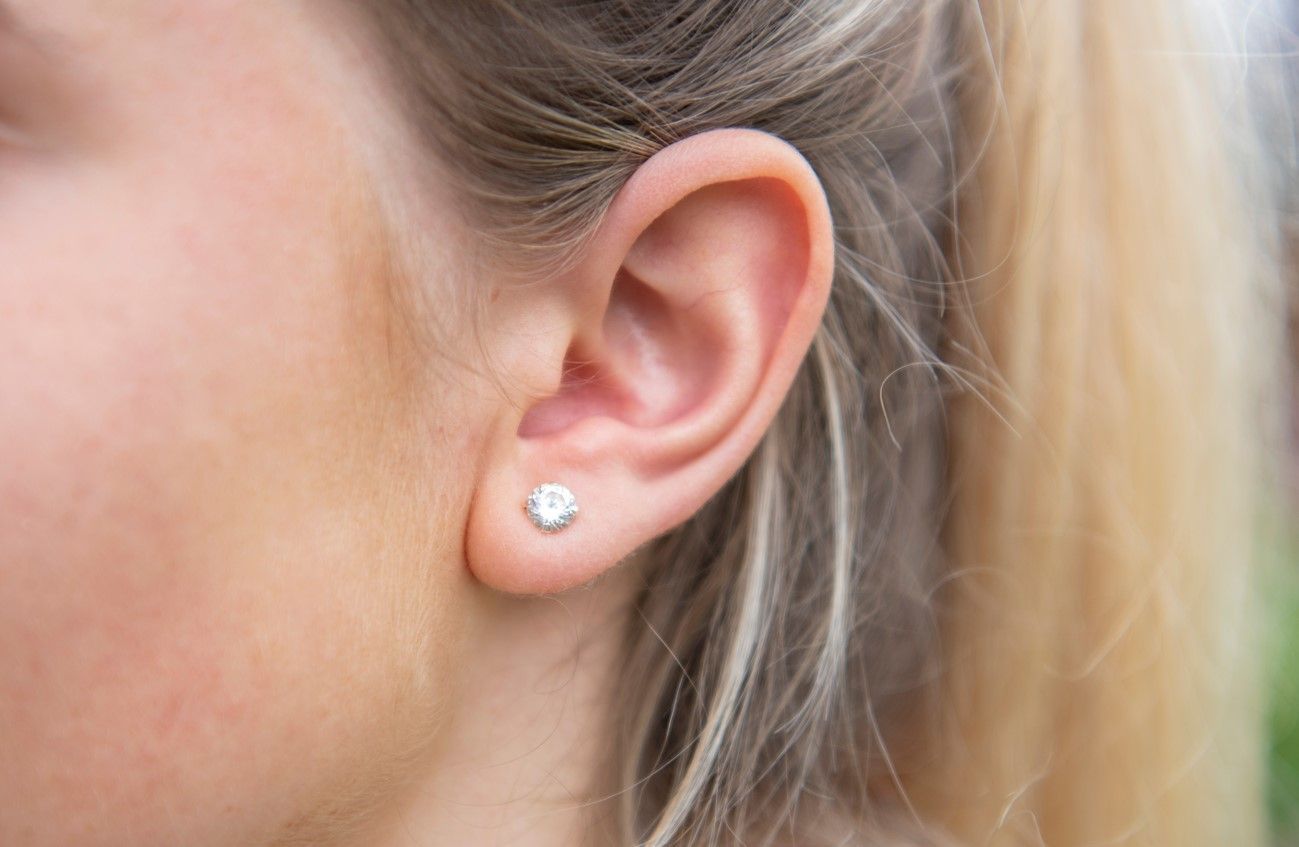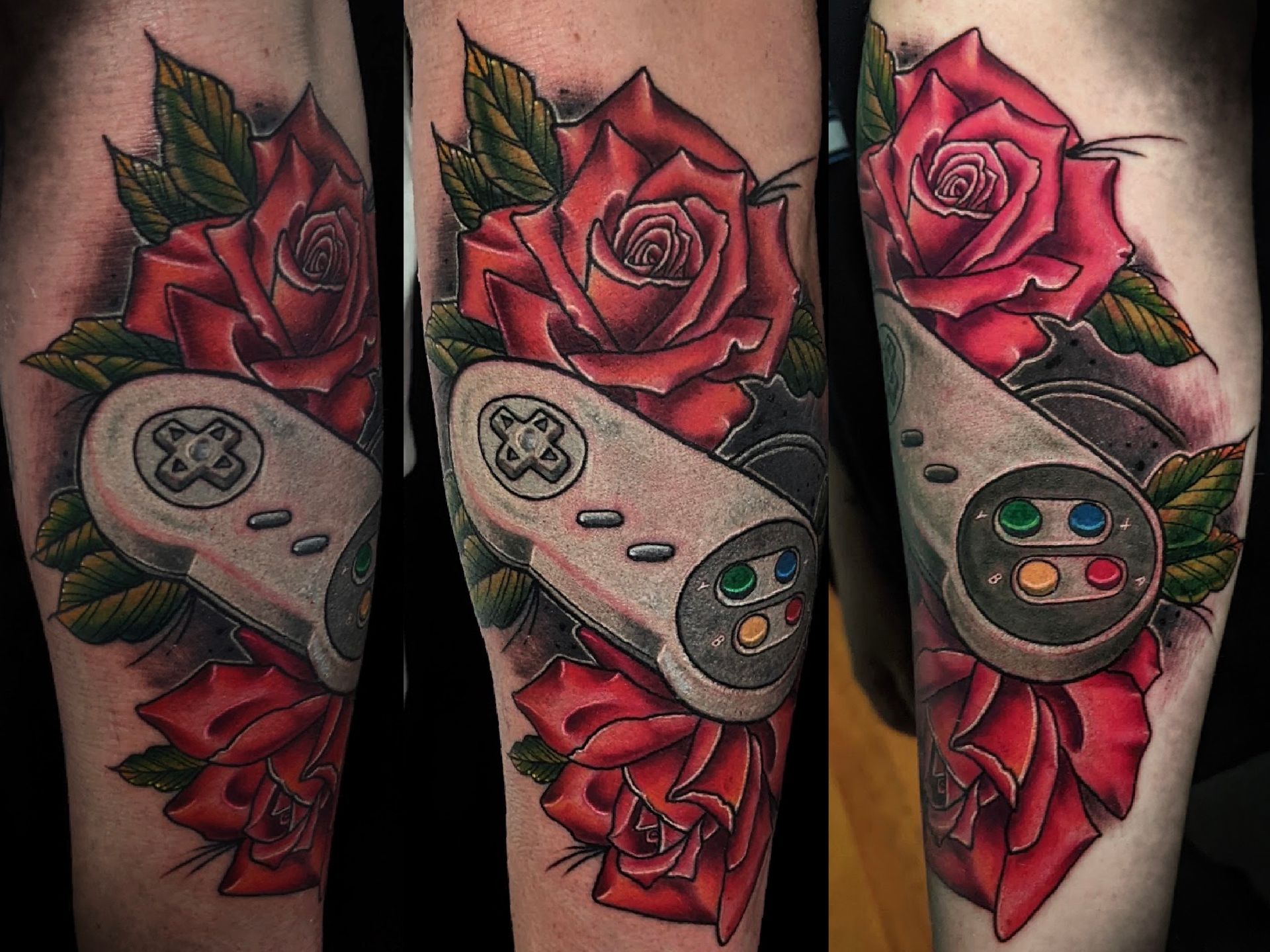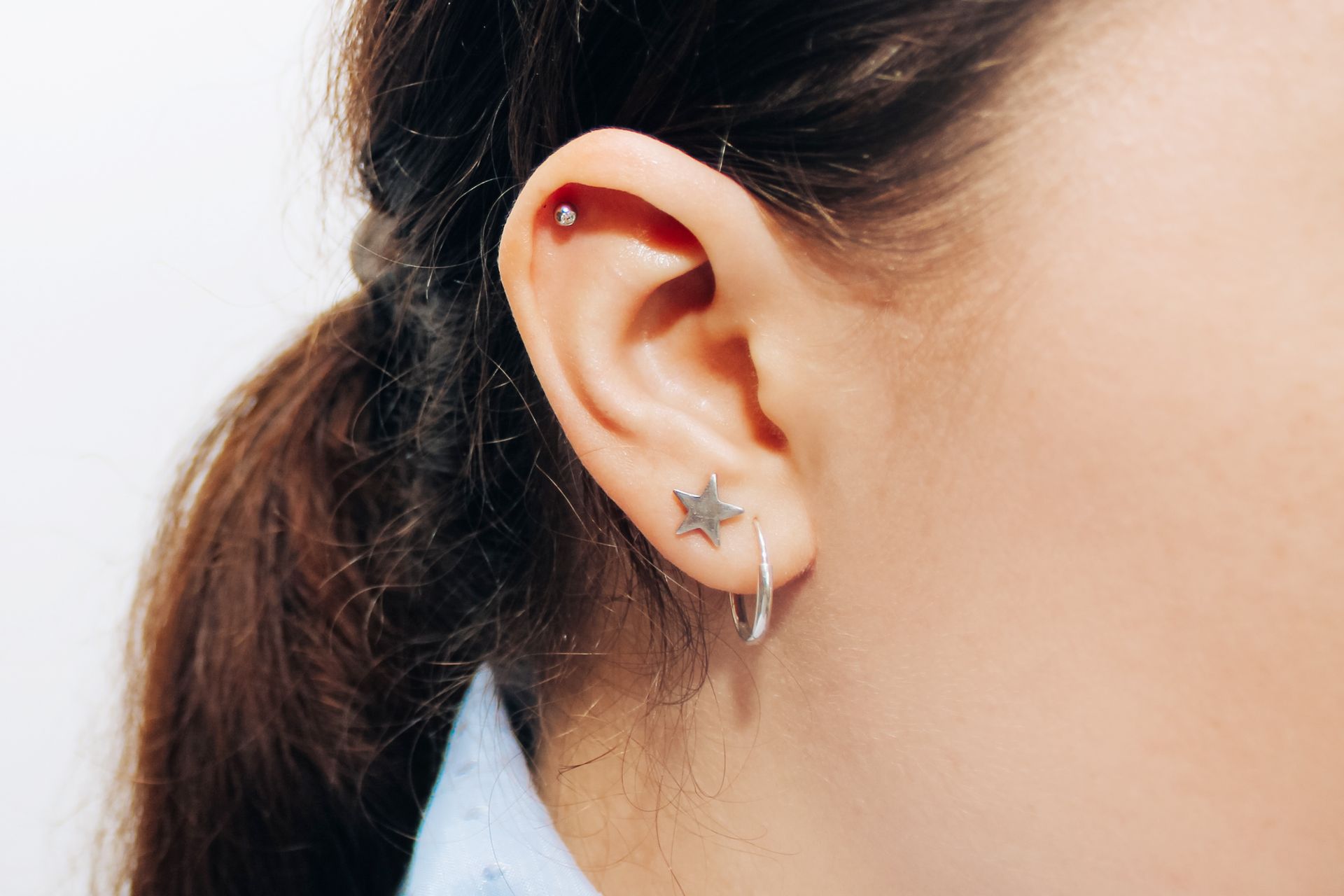FAQs About Helix Piercing
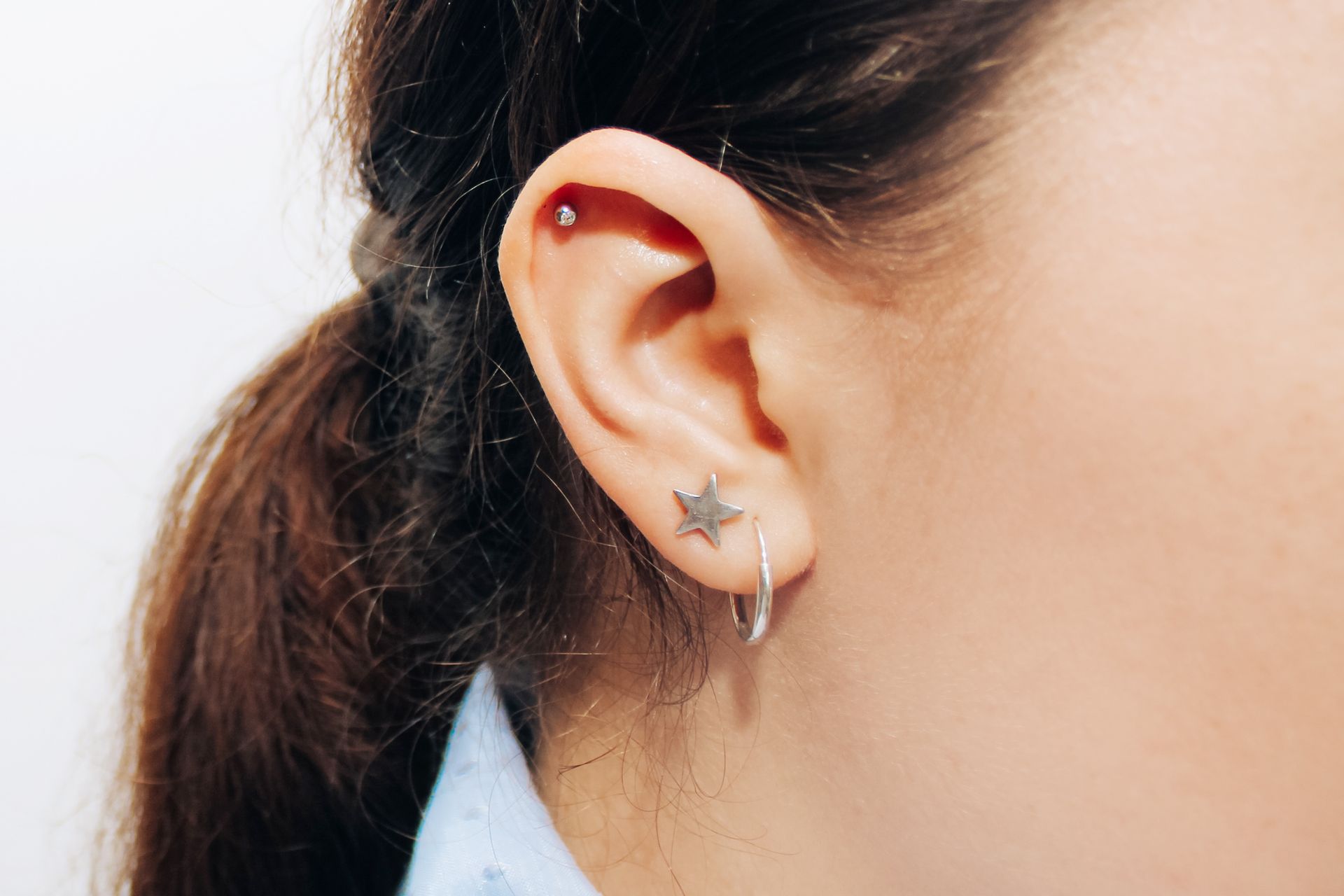
What is a helix piercing? Whether this is your first piercing or you already have more than just a few, you want to learn more about this popular option. From placement to finding the right studio, take a look at the top helix piercing questions answered.
What Exactly Is A Helix Piercing?
This type of ear piercing is very different from the ones in your lower lobes. Unlike a lobe piercing, this popular piercing is placed on the upper cartilage area of the ear. You may hear the term cartilage piercing substituted for helix piercing. But this does not necessarily mean all cartilage piercings are helix piercings. The helix is just one type of cartilage piercing placements.
Is There More Than One Kind of Helix Piercing?
Even though this is one of a few types of cartilage piercings, you will also find more than one kind of helix option. These include the standard single helix, double helix, triple helix, and forward helix. As the names imply, the single helix is one piercing, the double helix is two, and the triple helix is three.
While the single, double, and triple helix piercings are placed in the upper back cartilage area (the part of the ear farthest from the face), the forward helix is in the forward or front position (the part of the ear nearest to the face).
Which Type of Helix Piercing Is the Best Option?
There is no universal answer to this question. The best type of helix piercing is the one that makes the most sense to you. Every person has their own personal preferences. If you like the aesthetics of the forward helix, then this is the piercing for you. But if you prefer the traditional single helix, then a forward piercing is not the best idea. Likewise, some people prefer the look and feel of multiple piercings. This makes the double or triple helix more appealing than a single helix.
Do You Need To Go To A Special Studio for A Helix Piercing?
Simply stated, yes. Any type of helix piercing requires a special level of skill and experience. A knowledgeable professional piercer understands the ear's cartilage, can place the helix piercing or piercings correctly, and will use proper industry-standard safety measures to reduce the risks of injury or infection.
Before you choose a piercer, ask to see a portfolio. The studio or individual piercer should have photos or an online gallery that features their work. Make sure the piercer has experience specifically with the ear's cartilage. Even though an experienced piercer who primarily or only works on the lobes is a knowledgeable professional, they will not have the skills necessary to safely pierce the outer front or back cartilage area of the ear.
What Happens During A Piercing Appointment?
After you find a studio and a piercer who meets your expectations and has the skill level and experience needed to pierce your ear's cartilage, it's time to schedule an appointment. The piercer may ask you to clean the ear area with an antibacterial soap prior to your appointment. When you arrive, they should also disinfect the piercing site.
If you haven't already, you will need to choose jewelry for the piercing. While a ring might fit your style, this isn't the best choice for the initial piercing. Rings can catch on hair, clothing, or almost anything else. This could injure or irritate a fresh piercing. Instead of a ring, stick with a simple stud.
How Should You Care for A Helix Piercing?
The piercing professional should provide you with aftercare instructions. Do not remove the jewelry right away. It will take months for the piercing to heal. The piercer can help you to understand the healing timeline and offer insight as to when you can safely switch the stud for a ring or another piece of jewelry.
You will also need a sterile saline wash to keep the area clean. Proper post-piercing care can reduce the risk of infection and help to speed up the healing process.
Do you want to learn more about helix piercings? Contact Studio 28 Tattoos and Body Piercings for more information.

